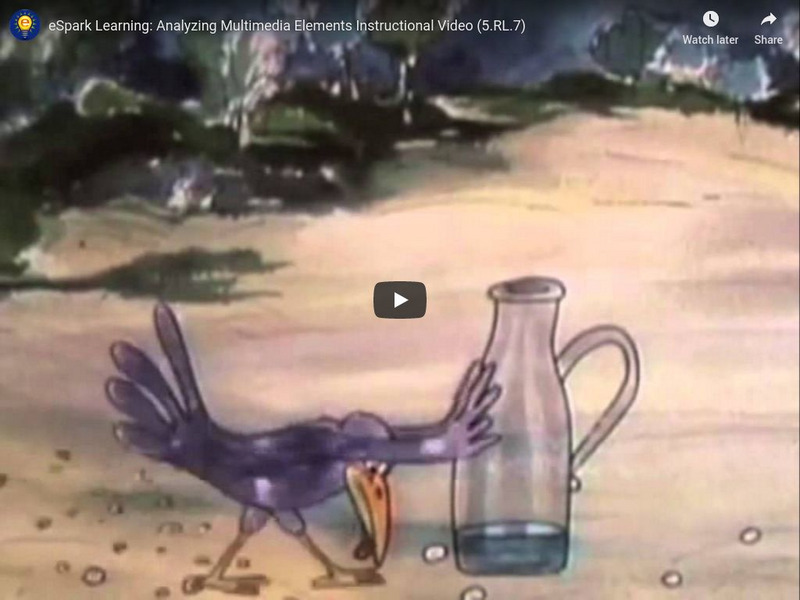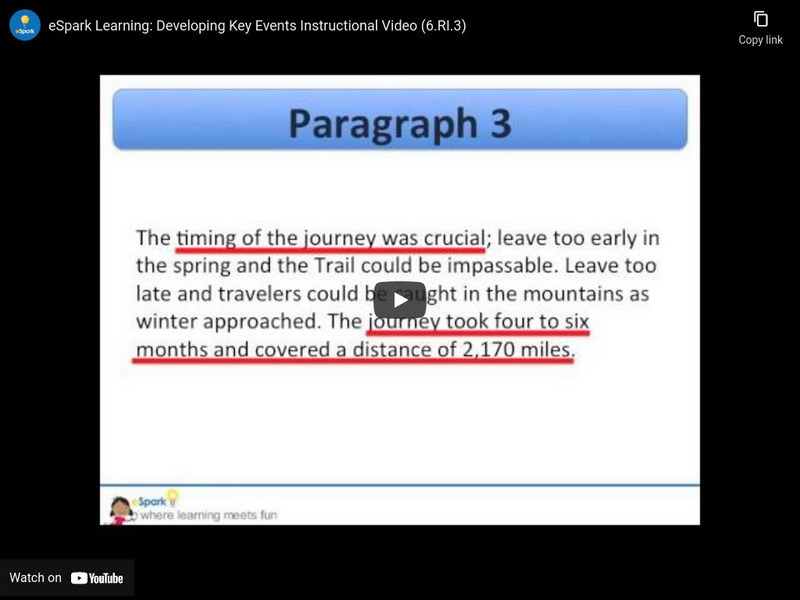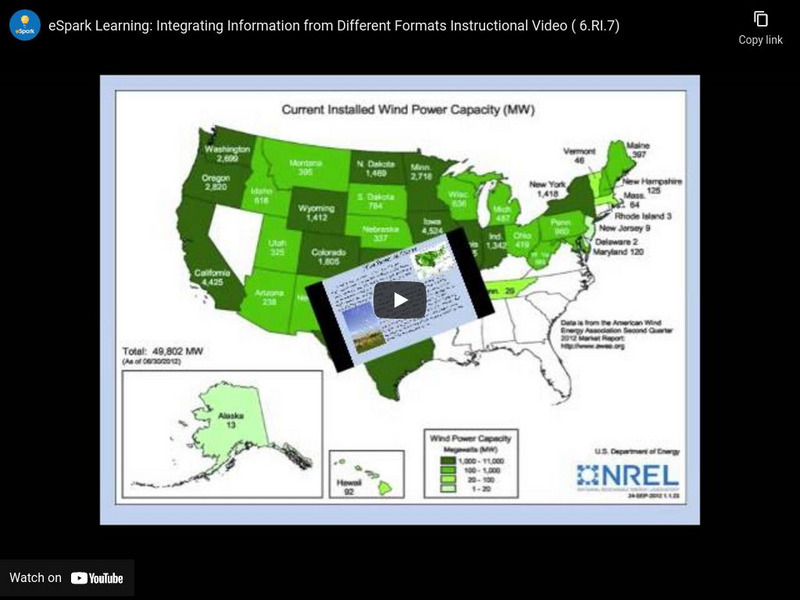Hi, what do you want to do?
PBS
Why Do Our Brains Love Fake News?
Fake news is all about the dorsolateral prefrontal cortex versus the orbitofrontal cortex. Huh? Get the facts, the real deal, with a short video that explains clearly and succinctly what's going on in our brains that leads us to listen...
British Council
William Shakespeare
After watching a three-minute video detailing the life of William Shakespeare, scholars take part in several activities designed to show what they know about the famous writer. Learners read a series of eight sentences and put them in...
Annenberg Foundation
Annenberg Learner: Conversations in Literature
A series of 8 instructional videos, each about 60 minutes in length, designed to model effective reading habits through envisionment building. Topics include Responding As Readers, Envisioning, Stepping In, Moving Through, Rethinking,...
eSpark Learning
E Spark Learning: Analyzing Multimedia Elements Instructional Video (5.Rl.7)
This eSpark Learning video aligns with Common Core Standard RL.5.7: Analyze how visual or multimedia elements contribute to the meaning, tone, or beauty of a text.
eSpark Learning
E Spark Learning: Developing Key Events Instructional Video (6.Ri.3)
In this video, students are guided through an analysis of a piece of informational text about travelers on the Oregon Trail. The instructor shows how to use a graphic organizer to sequence the events and see how the main event, westward...
eSpark Learning
E Spark Learning: Integrating Information From Different Formats (Ri.6.7)
This video discusses how to use nonfiction text features to better understand what is being read. [4:19]
Imagine Learning Classroom
Learn Zillion: Match the Body of a Paragraph to the Introduction
Writers use an introduction to organize the ideas that follow. Let's practice organizing the ideas within a paragraph according to the paragraph's introduction. [7:46]
Sophia Learning
Sophia: Process Papers: Key Elements: Lesson 1
This lesson goes over words, phrases, and key elements that are included in process papers. It is 1 of 3 in the series titled "Process Papers: Key Elements."












